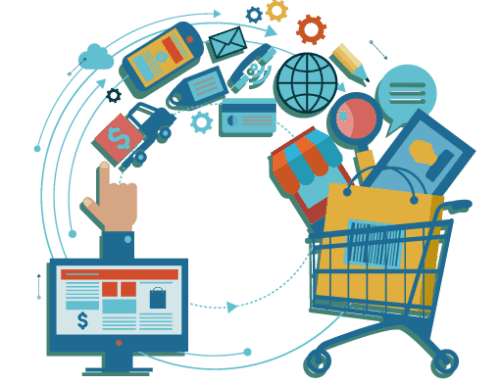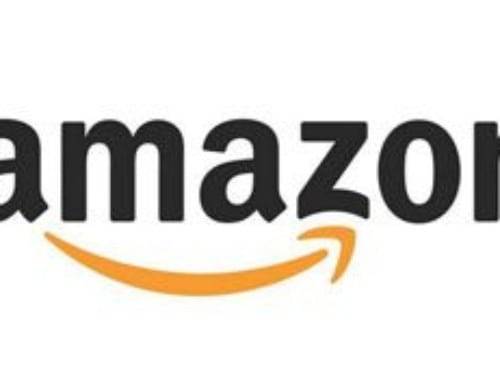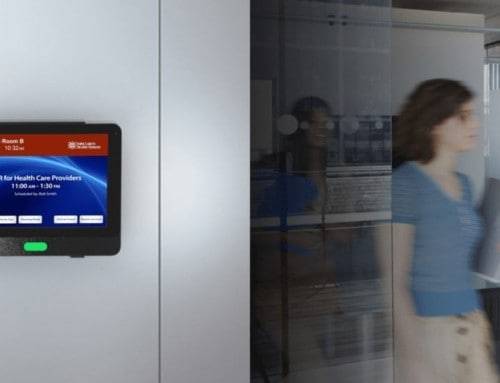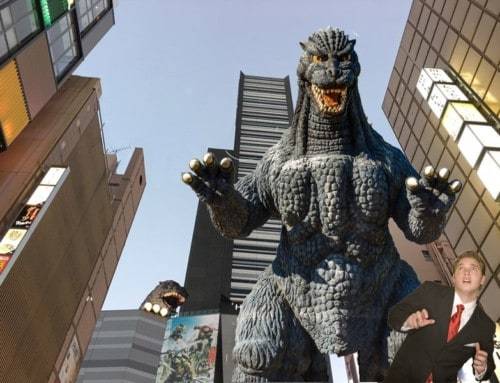
Business innovators are breaking traditional retail models and shaking its foundations. It’s important to note that these kind of disruptions are not brought about by deploying new and shiny marketing slogans or branding, updating package colors, spending more money on advertising, or for that matter, doing anything that traditional marketing departments may likely address. Many buyers don’t give a flip about these things in 2017, at least not when it comes to deciding what to buy and who to buy from.
What do today’s buyers give a flip about? They care about buying value that starts with the product or service as most of us think of value. However, part of the value equation with today’s customer often includes meeting personal objectives, e.g., shopping convenience, relevant information and/or experience, sustainability, brand purpose, monetary incentives, and tech tools to make it all happen ASAP, to name some of the more important factors.
Here’s a word of caution about today’s retail environment: If your business thinks of brand value only as the intrinsic value of your product and/or service you deliver, you are ripe for disrupting!
Since it’s our business to help you be more successful with Internet technology, the focus of this article centers on an effective tool that you can deploy to help create a better than ordinary customer experience. It may not be a right fit for your business, but read on to decide for yourself anyway.
How much we value business disruptions are typically linked to whether we are the disruptor or the disrupted. And when such disruption is fueled by genuine innovation, then many more people may benefit than not by such disruption and the world becomes a better place.
Take Amazon for example. Is Amazon disrupting your business or helping your business? Maybe Amazon is the frenemy of brick-and-mortar retail? If you are a retailer of packaged commodities and you have a successful Amazon store, then your daily shipments via the Amazon network may exceed your daily walk-in business.
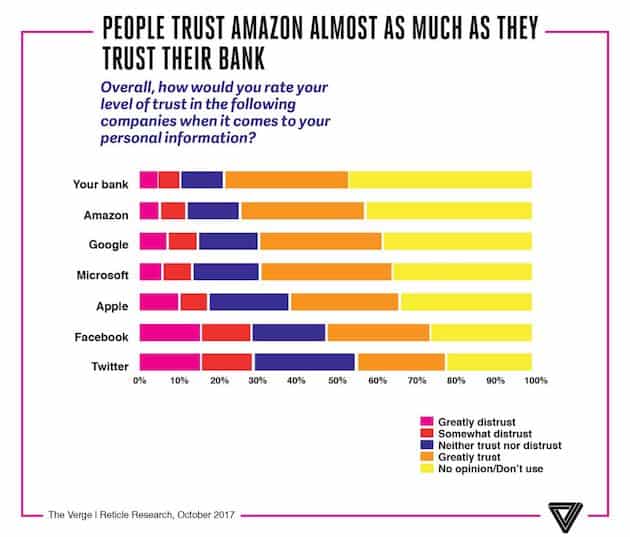
Americans like using the products/services of Amazon most among major tech companies.
Even more, according to a recent survey, online buyers have the highest regard for Amazon and may be more inclined to purchase your product because of this overall sense of goodwill and trust that Amazon has built with customers.
Of course, the Amazon store may be just one click away from being a competitor, too. Regardless of where your coin lands on this merchant dilemma, I’m going to suggest that all of our business challenges are bigger than any one competitor. Amazon deserves a lot of credit for being a true innovator by significantly improving the customer experience.
Here’s the real dilemma: We now live in an age where customers, competitors, and technologies are changing so rapidly that common problem analysis and problem-solving are too slow at addressing solutions!
 Adam Richardson, the creative director at global innovation firm, frog design, characterizes this enigma quite well in his book, INNOVATION X – Why A Company’s Toughest Problems Are Its Greatest Advantages.
Adam Richardson, the creative director at global innovation firm, frog design, characterizes this enigma quite well in his book, INNOVATION X – Why A Company’s Toughest Problems Are Its Greatest Advantages.
He summarizes two key points of what he calls colliding business disruptions that are affecting all businesses regardless of size:
- POINT 1: Today, we have disruptive competition and blurring of industry boundaries as companies leap into each other’s spaces (this is a traditional way a business disrupts the marketplace).
- POINT 2: Today, we face more demanding customers who place a higher premium on the experiential qualities of using a product—ease of use, how it makes them feel, how it fits into their lives, what it communicates to others, does it sync with personal values—that go above and beyond familiar objective criteria like performance and price (this is relatively new phenomenon…the connected generation is driving massive changes in the marketplace).
Richardson summarizes where he sees this leading, noting that “there is a need to create integrated systems of physical products, software, online experiences, and services that work as a single whole. (Often these integrated systems are the keys to meeting customer needs in ways impossible from a more isolated offering.)”
Richardson is talking about something related to product eco-systems, but that subject is vast, and we need to boil it down to one important detail if we are to gain a better grasp of what we might do to help SMB businesses succeed in the rapidly changing present.
With this in mind, let’s consider Amazon’s secret weapon that they deployed with large success but not much fanfare over the last couple of years. It facilitates and drives both customer experiences and satisfaction.
Some of you are currently using their secret weapon; it’s their well-designed and functional mobile app. According to Millward Brown Digital research in early 2016, 76% of all digital shoppers have downloaded the Amazon app, and that is by far the largest acceptance of any mobile shopping app in the United States. The next closest is Walmart’s at 33%.
If you are a B2B owner or manager, you may be thinking right now something like this, “I don’t compete with Amazon, I don’t sell consumer products—none of this really matters to my business!” If that is you, I’m really amazed you read this far—but I’m glad you did. It’s important not to discount app technology too quickly, even if you are not in a consumer business where shopping convenience rules.
What does rule in any business is customer service, and if a well-designed app can give you an edge in customer service, there may be one in your company’s future, too.
App technology is a tool that can have a significant payoff for your business in the form of better customer convenience and service, and if you think of it the way Amazon thinks of it—it’s all about delivering better customer convenience, experience, and service, relentlessly.









